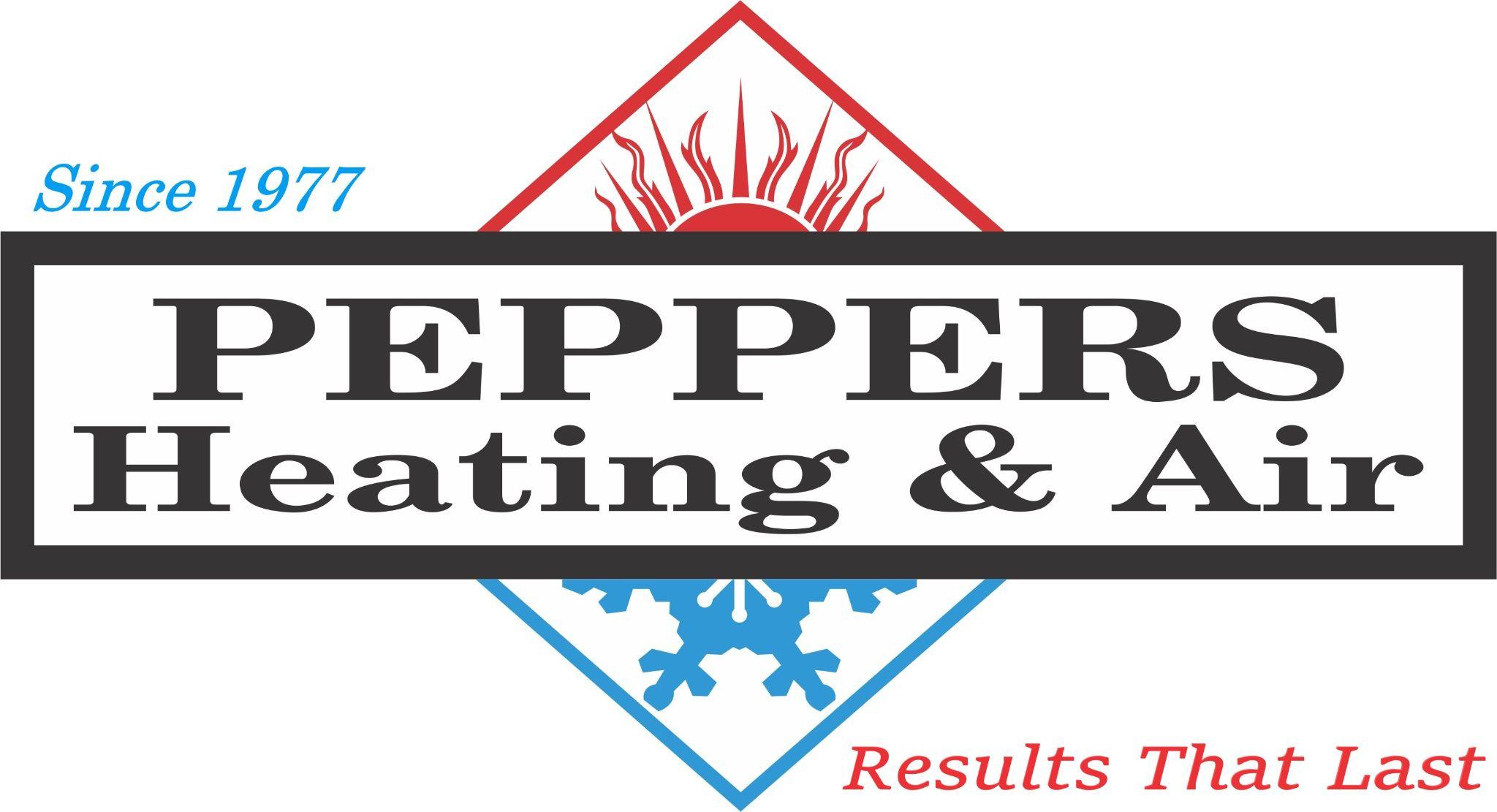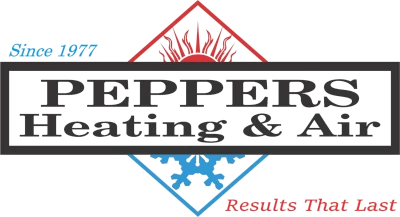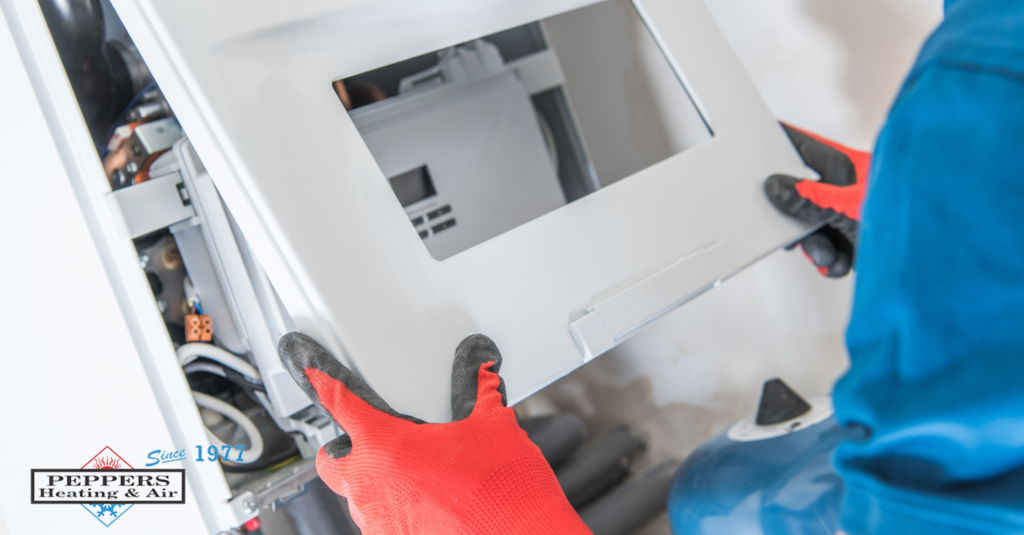As the calendar turns to winter, homeowners start the process of going through their homes and preparing for the colder months ahead. A key element to this is reviewing their home furnace and determine if it needs to be repaired or outright replaced. Furnaces on average last 15-30 years. However, you need regular maintenance to keep a furnace running at peak performance. Here’s how to determine whether you need to repair your furnace or get a new system altogether.
How the Type of Furnace Affects Your Home
When it comes to furnaces, the main thing to know is that not all of them are the same. Many furnaces operate using different types of fuel and what is the best fit for a home can depend on several factors, including location and type of environment the home will be in. Common types include:
- Natural Gas – This is the most common type of fuel-based furnace, given that they are quick and efficient with regards to home heating, plus run on a relatively inexpensive heat source. As a downside, these furnaces need ductwork installed throughout the home. They also impact the environment more compared to other models.
- Electric – These furnaces are more common in warmer climates due to the slower nature of heating a room. While they are easy to maintain and have low purchase and installation costs, they can also be the most costly to run.
- Propane – Most propane furnaces are in rural, compact homes. This is due in part to their smaller size in comparison to those of other furnace styles. They also are primarily located in areas where other sources of fuel are not as prevalent or more expensive. A natural gas furnace can also be converted to run on propane with the help of a conversion kit.
- Renewable – Renewable fuel-baes furnaces such as geothermal and solar can make a home comfortable with less of an environmental impact. However, these are also the most expensive from an installation and repair standpoint.
Other sources such as coal and oil are less used in comparison to the ones listed above but can be found in certain areas (rural locations for coal and the Northeast for oil).
Warning Signs with Your Furnace
As with anything in your home, there are ways to determine if your furnace is approaching the end of its lifespan. One of the most notable methods to determine this is if it constantly needs repairing. As those repairs add up and get more expensive, buying a new unit becomes a more cost-effective option. Typically, HVAC professionals suggest buying a new one when repair costs approach ⅓ the cost of a new system. An increase in heating costs can also indicate a need for a furnace replacement. Doing so and switching out for a newer system can reduce operating costs when compared to older systems.
From a non-financial standpoint, signs of trouble with your furnace can include atypical noises, such as squealing, screeching, and rattling. This can be a result of parts within the furnace being loose or broken. Another issue is short cycling, or when a furnace frequently turns on and off, which can shorten the system’s lifespan. A problematic furnace may also not heat properly, or have some rooms in your house heat up at a different rate compared to other rooms. Finally, treat any strange smells from your system as an issue. That said, when a furnace is turned on for the first time following the summer months, a slightly off smell is typical.
Prolonging the Life of Your Furnace
When it comes to replacing a furnace, the first thing people notice is that it is not an inexpensive process. On average, the cost to replace a furnace can range from $2500 to $6200. This can fluctuate depending on the type of furnace and its size. There are preventative steps that homeowners can take to keep their furnace running in peak condition more often. For starters, scheduling regular maintenance services with an HVAC professional can catch issues early before they turn into a major problem. Many companies offer maintenance on a twice-a-year schedule, tailored to just before winter and summer.
You can also ensure the area around your furnace is clean and not blocked by various objects. Large boxes and other items can block the air grills in your furnace, making it work harder. Regularly changing your air filter is an easy step and helps quickly improve air quality in your home.
Having a working, dependable furnace is a necessity during the colder months. By regularly keeping up with maintenance and contacting a professional at the early signs of trouble, homeowners can keep their furnaces performing at a high rate without having to endure expensive replacement costs.
Need more information on furnaces? If not, call us to reach HVAC experts today.
Contact the professionals at Peppers Heating and Air today!




The segment of your article that discussed things like squealing noises really caught my attention. We’ve been hearing something like this for quite a while now, and I started to wonder if this was something natural or if we were just worrying about nothing. After reading your article, I’ll start looking for a heating repair expert that can assist us right away.